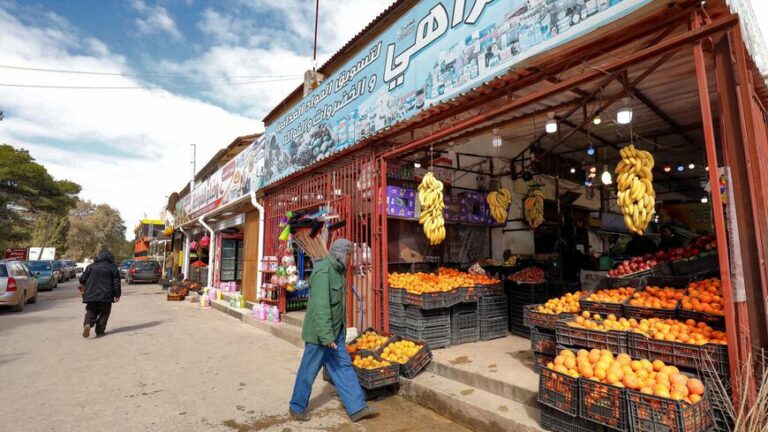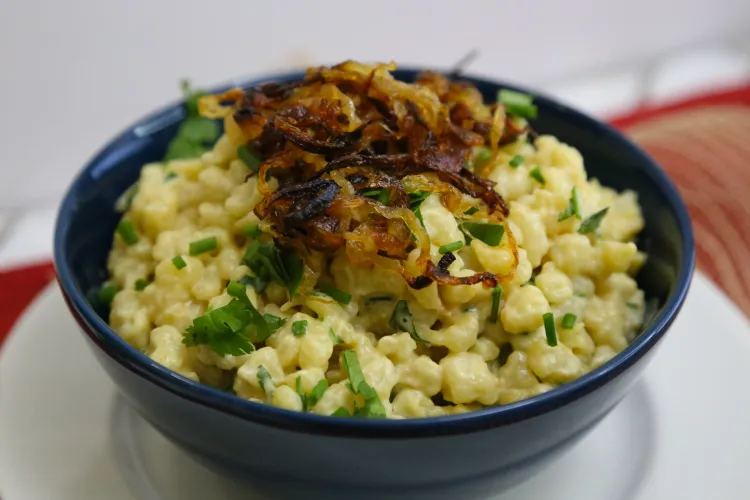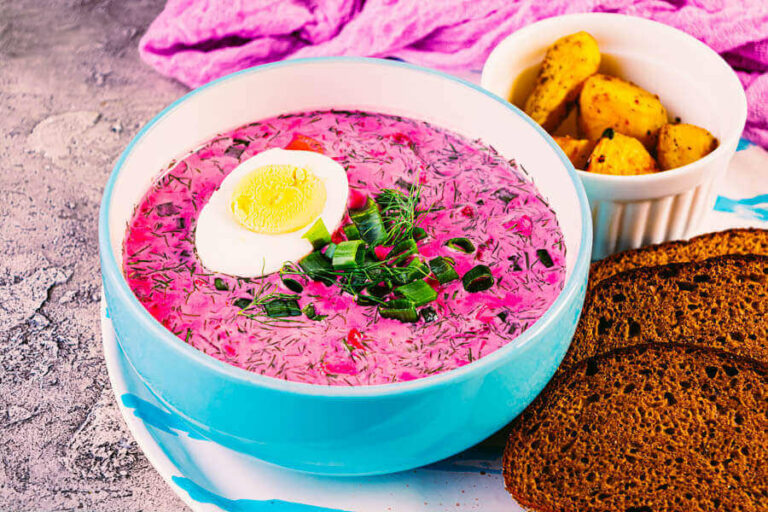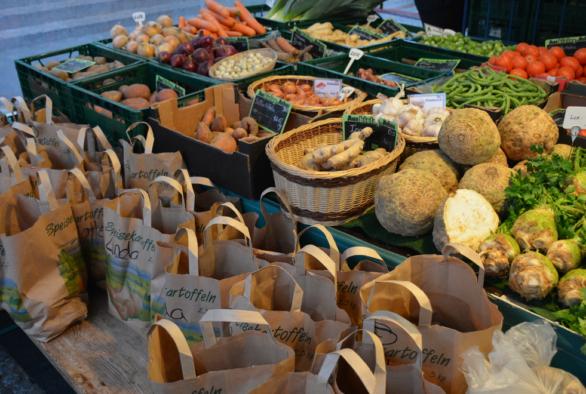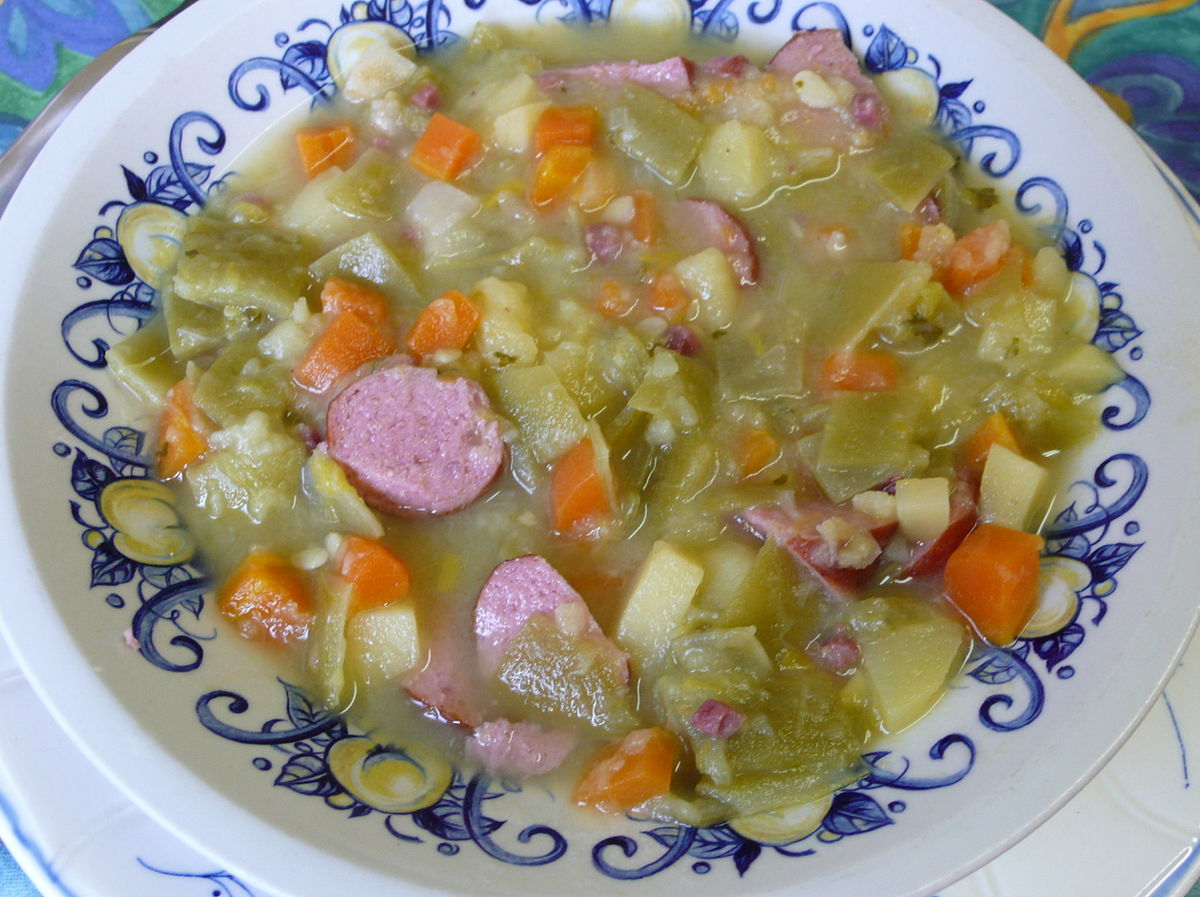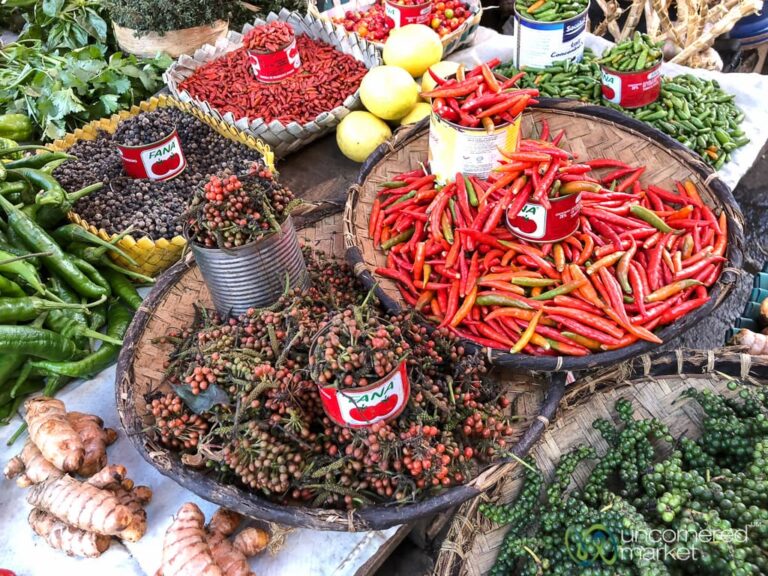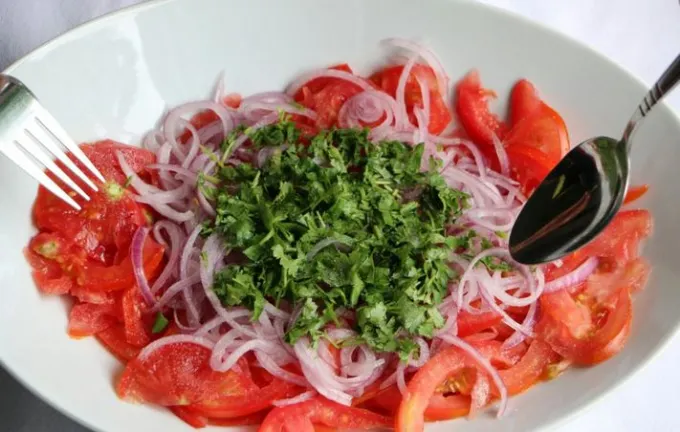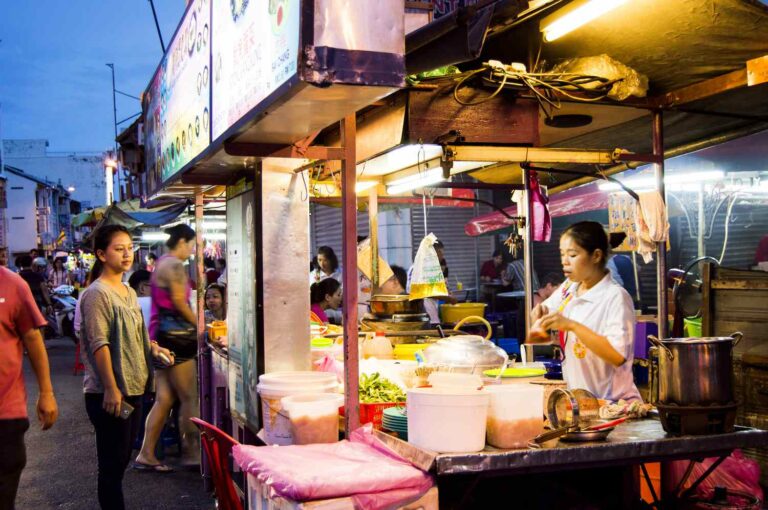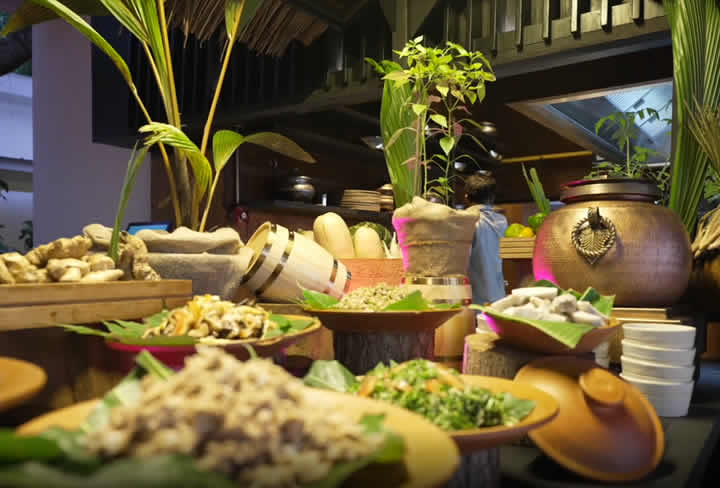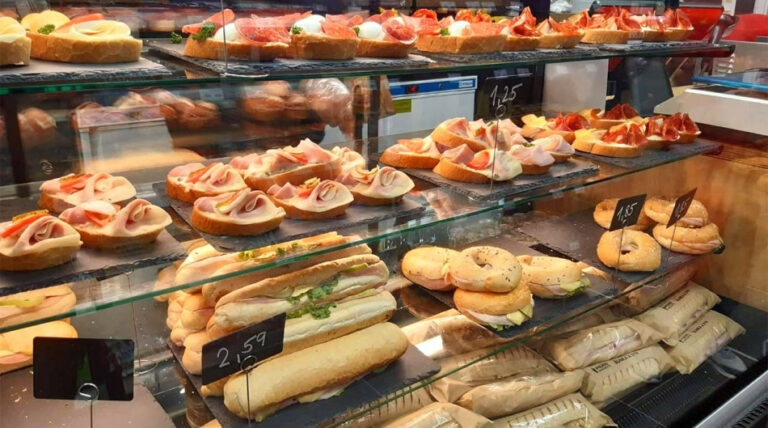Introduction: The Street Food Scene in Libya
Libya is a country located in North Africa, bordered by the Mediterranean Sea to the north, Egypt to the east, Sudan to the southeast, Chad and Niger to the south, and Algeria and Tunisia to the west. Despite its rich history and diverse culinary traditions, the street food scene in Libya is not as prominent as in other countries.
Libyan cuisine is influenced by Arab, Mediterranean, and African flavors, making it a unique and exciting gastronomic experience. However, the lack of street food markets and festivals in the country limits the exposure of Libyan cuisine to both locals and tourists.
Exploring the Possibility of Street Food Markets in Libya
While street food markets and festivals are popular in many countries, they have yet to become part of the Libyan culinary landscape. One of the reasons for this is the lack of infrastructure and regulations to support such initiatives. However, with the growing interest in street food and the increasing number of food entrepreneurs in the country, there is potential for street food markets to flourish.
Street food markets could provide a platform for local vendors and entrepreneurs to showcase their culinary skills and offer a diverse range of street food dishes to both locals and tourists. It could also create new job opportunities and contribute to the growth of the local economy.
The Growing Popularity of Street Food Festivals Worldwide
Street food festivals have become increasingly popular around the world, attracting foodies from all walks of life. These festivals celebrate the diversity of street food and offer a unique culinary experience for visitors. In addition, they often feature live music, entertainment, and cultural activities, making them a fun and exciting event for the whole family.
Some of the most famous street food festivals include the Singapore Food Festival, the Bangkok Street Food Festival, and the Street Food Festival in London. These festivals have become a major attraction for tourists and have contributed to the development of the local food scene.
Factors Hindering the Development of Street Food Markets in Libya
Despite the potential benefits of street food markets in Libya, there are several factors that hinder their development. One of the main challenges is the lack of regulations and infrastructure to support such initiatives. Additionally, the political instability and security concerns in the country make it difficult to attract investors and entrepreneurs.
Furthermore, the limited access to funding and the lack of support from the government for small businesses make it challenging for street food vendors to establish themselves and expand their operations.
Spotting the Emerging Street Food Scene in Libya
Despite the challenges, there are signs of an emerging street food scene in Libya. In recent years, there has been a growing interest among young entrepreneurs in the food industry. Many of them have started small businesses and are experimenting with new and innovative street food concepts.
In addition, there are several food bloggers and influencers who are promoting Libyan cuisine and showcasing the country’s culinary traditions. This has helped to create awareness about the diversity of flavors and ingredients in Libyan cuisine.
The Future of Street Food Markets and Festivals in Libya
The future of street food markets and festivals in Libya depends on several factors, including infrastructure development, government support, and security. If these challenges can be addressed, there is potential for street food markets to become a prominent part of the Libyan culinary landscape.
Furthermore, street food festivals could become a major attraction for tourists and contribute to the growth of the local economy. They could also provide a platform for local vendors and entrepreneurs to showcase their culinary skills and promote Libyan cuisine to a wider audience.

